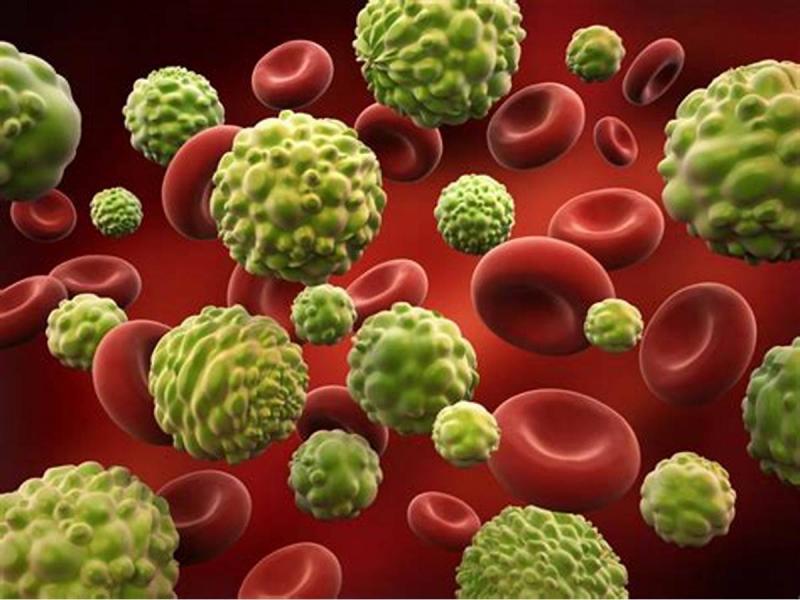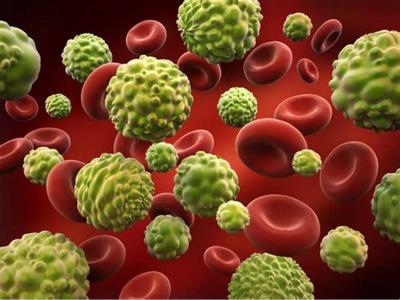One expert pointed out that awareness of the symptoms is "the precursor to early cancer diagnosis," warning against ignoring signs that may appear in children. What is particularly worrying is that a review published in the British Medical Journal found that 68% of British teenagers aged 11 to 14 were unaware of the most common symptoms of this deadly disease. Another study involving 478 students aged 11 to 17 found that half of the participants did not know which types of cancer were most prevalent among children, teenagers, and young adults.
Dr. Sharana Shanmugavadivelia, a co-author of the study, explained that lesser-known symptoms include early or late puberty, growth delay in infants, and slow growth. The variety of symptoms often depends on the location of the tumor and where it has spread. This means that there are many different symptoms to be detected, including persistent and recurrent headaches, difficulty swallowing, and regular vomiting. Other signs can appear in weight and bowel and urinary habits in youth.
Shanmugavadivelia from the University of Nottingham's medical school stated that "the symptoms of illness in children often mimic other common diseases, and due to the lack of available screening tests, public and professional awareness to ensure early diagnosis and treatment is crucial. The rarity of cancer in children poses a significant barrier to early diagnosis. While the number of cases may be small compared to adult cancers, the cumulative risk from birth to early adulthood can be comparable to other childhood diseases."
The list of potential cancer symptoms that may appear in children includes:
- A mass or swelling in the pelvis, testicle, or breast.
- Blood in urine.
- Changes in moles.
- A lump in the chest or armpits.
- Weight loss.
- Pain or a lump in the abdomen.
- A mass or swelling in the face, jaw, or skull.
- Persistent/recurrent headaches.
- Persistent/recurrent fatigue.
- Loss of appetite.
- Ongoing vomiting.
- Excessive bleeding/bruises/rashes.
- Seizures.
- Chest wall or armpit pain.
- Unexplained bone or joint swelling/pain.
- Changes in bowel habits: constipation or diarrhea.
- Ongoing or recurrent abdominal pain.
- Difficulty urinating.
- Vision problems.
- Swollen glands on the side of the neck.
- Difficulty walking or balancing.
- Recurrent and persistent bone pain (worsening at night).
- Noticeable paleness of the skin.
- Multiple complications from influenza.
- Unexplained bleeding between menstrual cycles.
- Fever and night sweats.
- Shortness of breath.
- Difficulty swallowing.
- Weak/limp leg.
- Unexplained crying in young children.
- Recurrent sore throat.
- Neck pain.
- White pupil reflex.
- Hearing loss.
- Abnormal eye movements.
- Abnormal facial movements.
- Persistent ear pain.
- Inability to open the mouth.
- Slow recovery after bone injury.
- Delayed growth.
- Early or late puberty.
If your child is experiencing any of these symptoms, consult a general practitioner.




